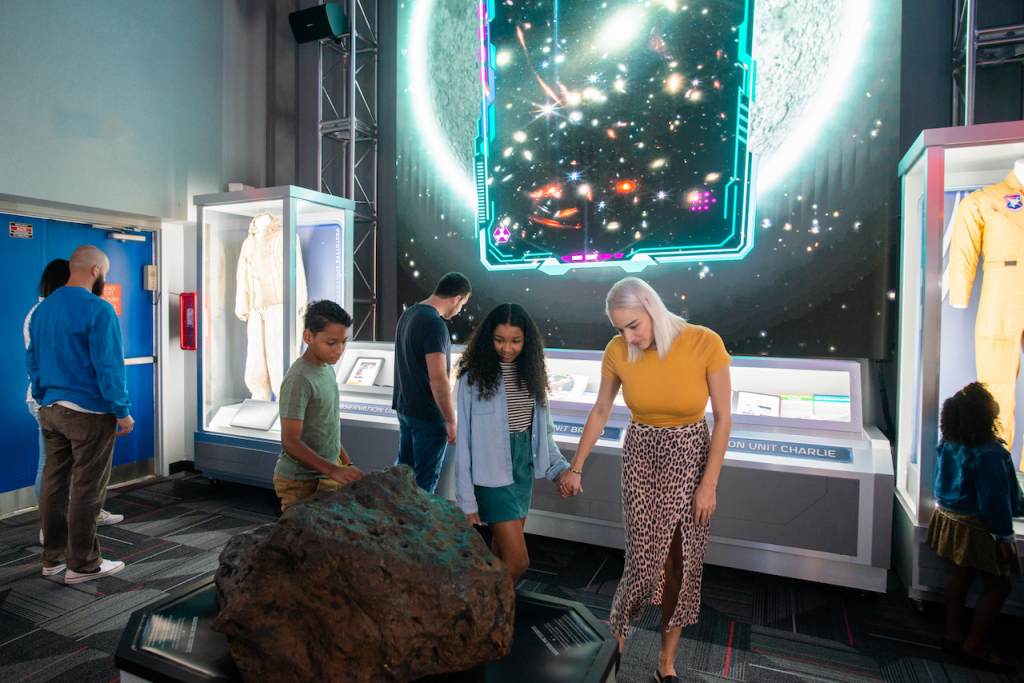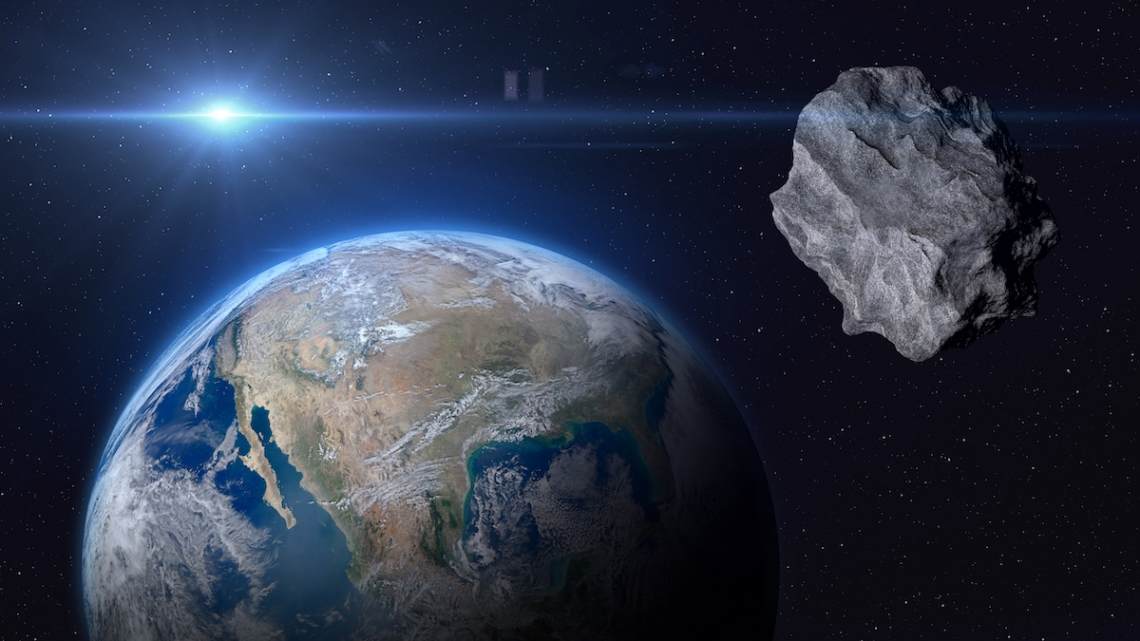A carbonaceous meteorite that crashed into Earth last year features extra-terrestrial water and other elements that indicate the origin of water on Earth, according to a recent study by the Natural History Museum and the University of Glasgow.
Meteor Memories
Known as the Winchcombe meteorite, the space debris, which is in pristine condition, crashed into a driveway in Gloucestershire in February 2021. Scientists analyzed the rare meteorite using detailed imaging and chemical analyses, which provided a “tantalizing glimpse back through time to the original composition of the solar system 4.6 billion years ago,” according to study author Dr. Ashley King of the Natural History Museum.
Meteorite that hit UK town bolsters Earth water theory https://t.co/iNCnNbAZOi
— BBC News (World) (@BBCWorld) November 17, 2022
Fortunately, researchers were able to examine the meteorite just days after it fell to Earth before it could be contaminated by terrestrial elements. It’s a rare meteorite because it features an estimated two percent carbon, according to weight, and it’s is the first of its kind to be discovered in the United Kingdom. The meteorite also includes 11 percent of extra-terrestrial water in the form of minerals. The water was formed by fluids and rocks creating chemical reactions on the asteroid in which the meteorite was created during the solar system’s earliest beginnings.
Great Balls of Fire!
Scientists discovered that the hydrogen isotopes in the spatial matter are similar to that of Earth’s water. Researchers also found amino acids in the object, which are prebiotic molecules that are central for creating life. The meteorite was mostly unaffected by its landing on Earth, and it’s believed that carbonaceous asteroids had a hand in introducing the elements required for the creation of oceans and life on our planet.
The UK Fireball Alliance recorded video footage of the meteorite’s fireball. That footage in conjunction with chemical analysis indicate that the meteorite took about 1 million years to land on Earth after it left its asteroid near Jupiter. It traveled around the sun first in what is known as a pre-atmospheric orbit, which is a rarity for meteorites found on Earth. Only 0.1 percent of the Earth’s meteorite collection feature ones that made pre-atmospheric orbits. As a result, the Winchcombe meteorite provides the most powerful connection to date between carbonaceous meteorites and asteroids in the outer areas of the solar system.
Meteorite Miracle
Researchers will examine this meteorite for many years in order to see if it reveals more answers about the solar system’s origins. How life started on Earth is one of science’s biggest questions, noted Dr. Luke Daly, study co-author and a lecturer in Planetary Geoscience at the University of Glasgow. This meteorite is important because it “gives insight into how the Earth came to have water – the source of so much life.”
The meteorite’s fast retrieval by the scientific community was critical in maintaining its integrity. “The combination of such a quick recovery, careful collection, and our ongoing curation of Winchcombe in a nitrogen atmosphere means this incredibly fresh specimen will remain one of the most pristine meteorites in collections worldwide,” commented study co-author Dr. Natasha Almeida, Curator of Meteorites at the Natural History Museum.

Checkout the meteor at Ripley’s Believe It or Not! Orlando
You can see samples of the Winchcombe meteorite in several places in the United Kingdom: The Natural History Museum, the Winchcombe Museum, and The Wilson (Art Gallery), Cheltenham. If you’d like to see a meteorite in the United States, you can visit Ripley’s Believe It or Not! Orlando where you can touch a 3,197-pound one!
By Noelle Talmon, contributor for Ripleys.com










Comment Your Reaction